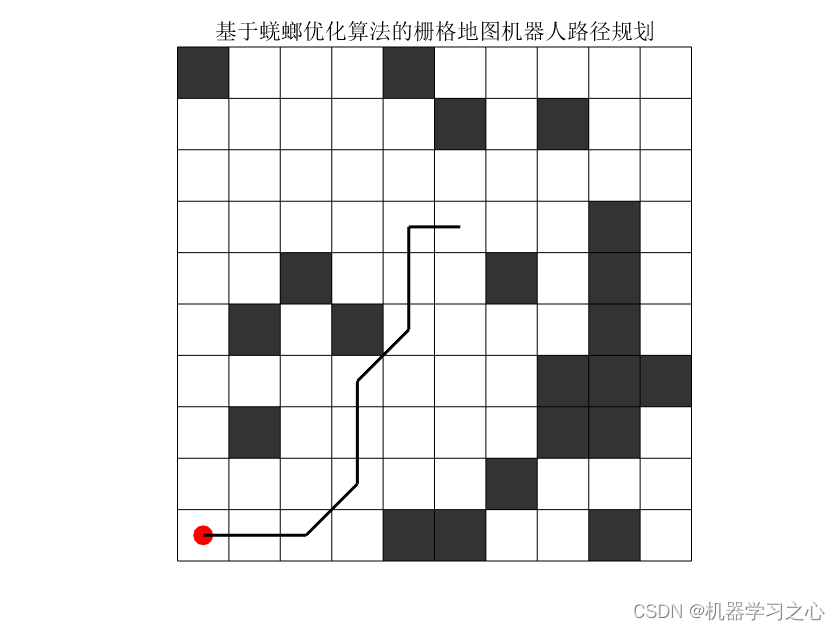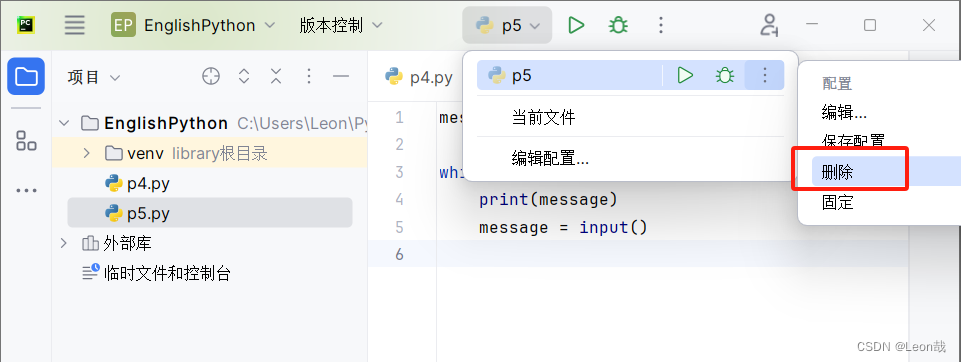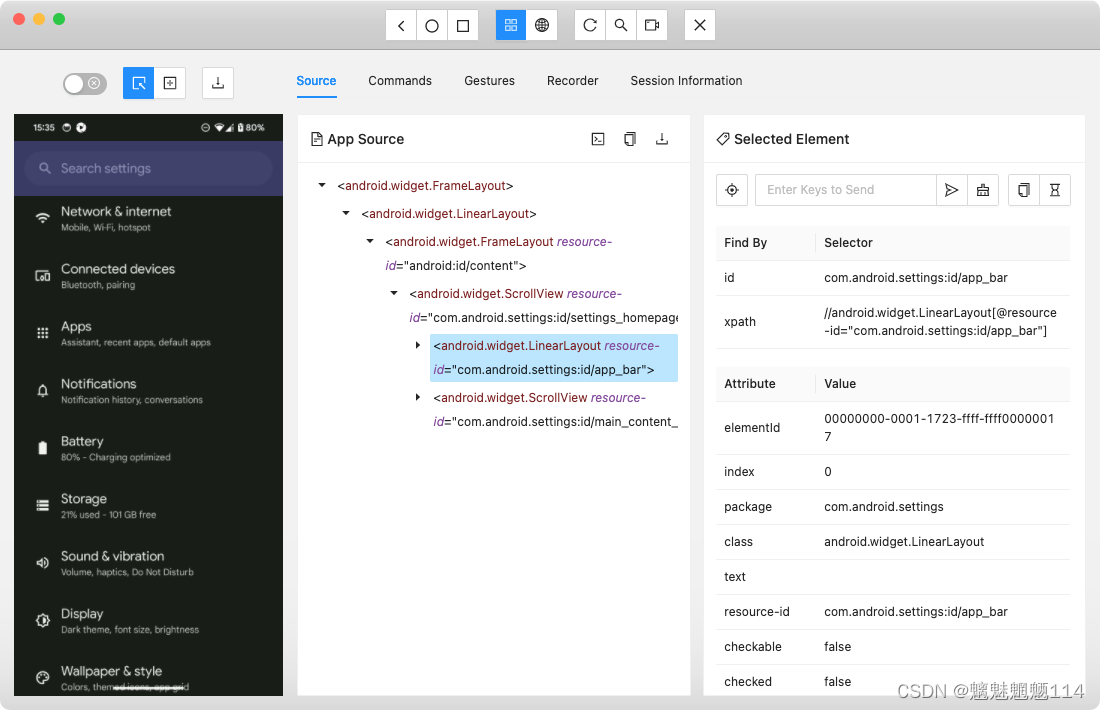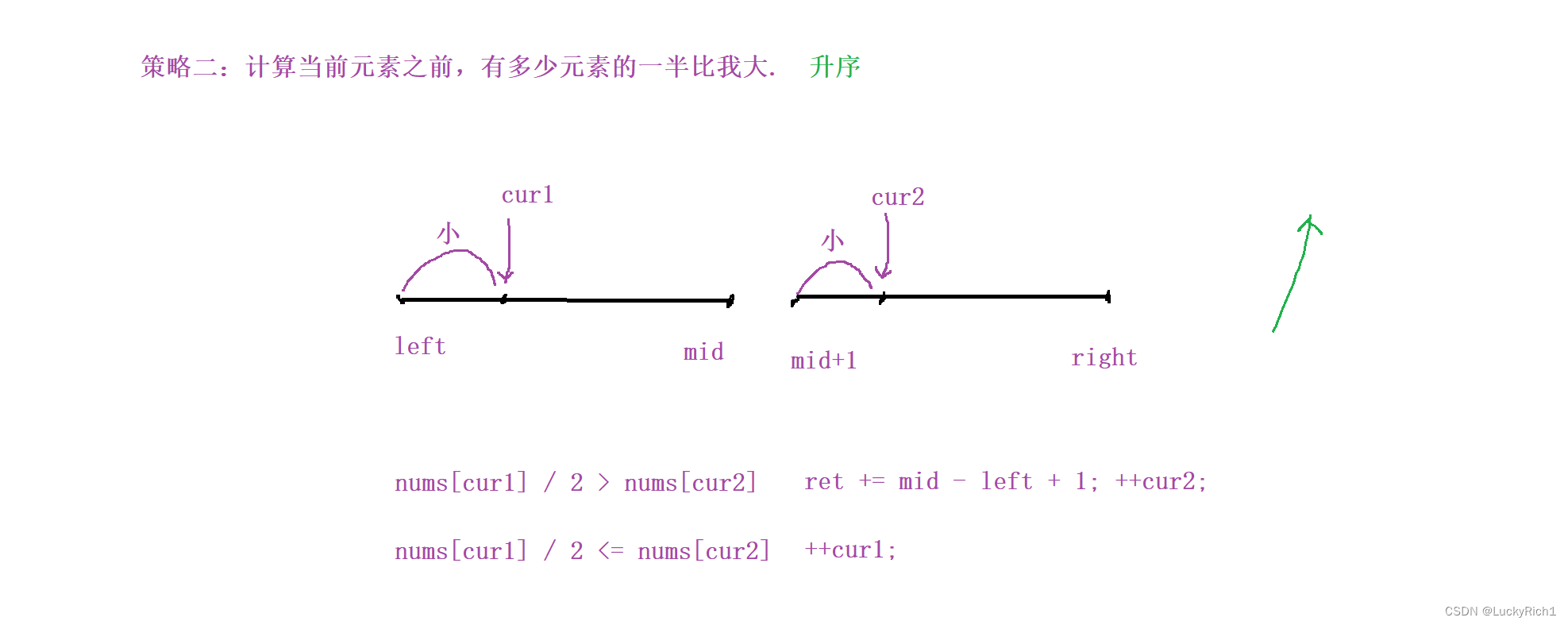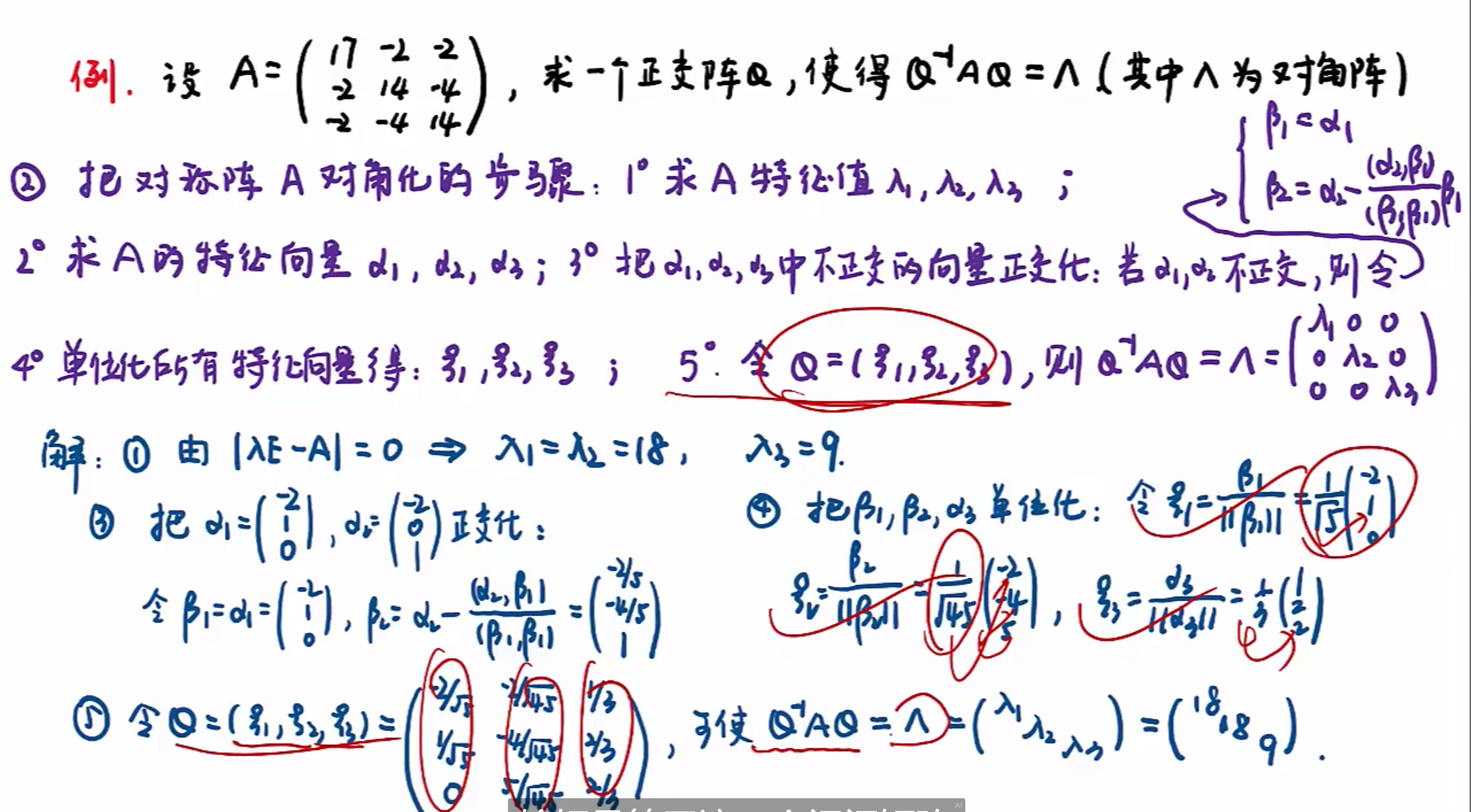一、命名空间
1、namespace的意义
在C/C++中,变量、函数和后面要学到的类都是大量存在的,这些变量、函数和类的名称将都存在于全
局作用域中,可能会导致很多冲突。使用命名空间的目的是对标识符的名称进行本地化,以避免命名
冲突或名字污染,namespac关键字的出现就是针对这种问题的。
c语言项目类似下面程序这样的命名冲突是普遍存在的问题,C++引入namespac就是为了更好的解决
这样的问题:(因为我们设置的变量rand和stdlib.h中的rand函数冲突所以报错)
#include <stdio.h>
#include <stdlib.h>
int rand = 10;
int main()
{// 编译报错:error C2365: “rand”: 重定义;以前的定义是“函数”printf("%d\n", rand);return 0;
}
2、namespace的定义
1、定义命名空间,需要使用法到namespace关键字,后面跟命名空间的名字,然后接⼀对{}即可,{}中
即为命名空间的成员。命名空间中可以定义变量/函数/类型等。(注意{}后不跟“;”)。
2、namespace本质是定义出⼀个域,这个域跟全局域各自独立,不同的域可以定义同名变量,所以下
面的rand不在冲突了。
#include<iostream>
#include <stdio.h>
#include <stdlib.h>
namespace tmp
{int rand = 0;
}
int main()
{printf("%d\n", rand);return 0;
}
3、C++中域有函数局部域,全局域,命名空间域,类域;域影响的是编译时语法查找⼀个变量/函数/
类型出处(声明或定义)的逻辑,所有有了域隔离,名字冲突就解决了。局部域和全局域除了会影响
编译查找逻辑,还会影响变量的声明周期,命名空间域和类域不影响变量声明周期。
4、namespace只能定义在全局,当然他还可以嵌套定义。
#include<iostream>
#include <stdio.h>
#include <stdlib.h>
namespace tmp
{int rand = 0;namespace tmp1{int Add(int left, int right){return left + right;}struct Node{struct Node* next;int val;};}}
int main()
{printf("%d\n", rand);return 0;
}
5、项目工程中多文件中定义的同名namespace会认为是⼀个namespace,不会冲突。
test.c文件
#include<iostream>
#include <stdio.h>
#include <stdlib.h>
#include"test.h"
namespace tmp
{int rand = 0;namespace tmp1{int Add(int left, int right){return left + right;}struct Node{struct Node* next;int val;};}}
int main()
{printf("%d\n", tmp::d);return 0;
}
test.h文件
#pragma once
namespace tmp
{int d = 0;
}
可以发现在.c文件中可以使用tmp空间中的d变量 。
6、C++标准库都放在⼀个叫std(standard)的命名空间中。
7、如果想使用全局域中的变量我们可以这么操作:
int a = 3;
int main()
{int a = 0;printf("%d\n", ::a);return 0;
}
这样printf先打印的是3。
3、命名空间的使用
编译查找⼀个变量的声明/定义时,默认只会在局部或者全局查找,不会到命名空间里面去查找。所以
下面程序会编译报错。
namespace tmp
{int d = 0;namespace tmp1{int Add(int left, int right){return left + right;}struct Node{struct Node* next;int val;};}
}
int main()
{int a = 0;printf("%d\n", d);//未定义标识符dreturn 0;
}
所以我们要使用命名空间中定义的变量/函数,有三种方式:
1、指定命名空间访问,项目中推荐这种方式。
tmp::d
2、using将命名空间中某个成员展开,项目中经常访问的不存在冲突的成员推荐这种方式。
namespace tmp
{int d = 0;namespace tmp1{int Add(int left, int right){return left + right;}struct Node{struct Node* next;int val;};}
}
using tmp::d;
int main()
{int a = 0;printf("%d\n", d);//未定义标识符dreturn 0;
}
3、展开命名空间中全部成员,项目不推荐,冲突风险很大,日常小练习程序为了方便推荐使用。
namespace tmp
{int d = 0;namespace tmp1{int Add(int left, int right){return left + right;}struct Node{struct Node* next;int val;};}
}
using namespace tmp;
int main()
{int a = 0;printf("%d\n", d);//未定义标识符dreturn 0;
}
二、输入和输出
1、 是 Input Output Stream 的缩写,是标准的输入、输出流库,定义了标准的输入、输
出对象。
2、std::cin 是 istream 类的对象,它主要面向窄字符(narrow characters (of type char))的标准输
入流。
3、std::cout 是 ostream 类的对象,它主要面向窄字符的标准输出流。
4、std::endl 是⼀个函数,流插入输出时,相当于插入⼀个换行字符加刷新缓冲区。
5、<<是流插入运算符,>>是流提取运算符。(C语言还用这两个运算符做位运算左移/右移)
6、使用C++输入输出更方便,不需要像printf/scanf输入输出时那样,需要手动指定格式,C**++的输入**
输出可以自动识别变量类型(本质是通过函数重载实现的),其实最重要的是C++的流能更好的支持自定义
类型对象输入和输出。
#include<iostream>
#include <stdio.h>
#include <stdlib.h>
namespace tmp
{int a = 0;double b = 0.0;char c = '0';namespace tmp1{int Add(int left, int right){return left + right;}struct Node{struct Node* next;int val;};}
}
using namespace tmp;
using namespace std;
int main()
{cin >> a >> b >> c;cout << a << b << c;return 0;
}
7、cout/cin/endl等都属于C++标准库,C++标准库都放在⼀个叫std(standard)的命名空间中,所以要
通过命名空间的使用方式去用他们。
8、⼀般日常练习中我们可以using namespace std,实际项目开发中不建议using namespace std。
三、 缺省参数
1、缺省参数的定义以及规定
缺省参数是声明或定义函数时为函数的参数指定⼀个缺省值。在调用该函数时,如果没有指定实参
则采用该形参的缺省值,否则使用指定的实参,缺省参数分为全缺省和半缺省参数。(有些地方把
缺省参数也叫默认参数)。
全缺省就是全部形参给缺省值,半缺省就是部分形参给缺省值。C++规定半缺省参数必须从右往左
依次连续缺省,不能间隔跳跃给缺省值。
带缺省参数的函数调用,C++规定必须从左到右依次给实参,不能跳跃给实参。
函数声明和定义分离时,缺省参数不能在函数声明和定义中同时出现,规定必须函数声明给缺省
值。
#include <iostream>
using namespace std;
void Func(int a = 0)
{cout << a << endl;
}
int main()
{Func(); // 没有传参时,使⽤参数的默认值Func(10); // 传参时,使⽤指定的实参return 0;
}

2、全缺省和半缺省
#include <iostream>
using namespace std;
// 全缺省
void Func1(int a = 10, int b = 20, int c = 30)
{cout << "a = " << a << endl;cout << "b = " << b << endl;cout << "c = " << c << endl << endl;
}
// 半缺省
void Func2(int a, int b = 10, int c = 20)
{cout << "a = " << a << endl;cout << "b = " << b << endl;cout << "c = " << c << endl << endl;
}
int main()
{Func1();Func1(1);Func1(1, 2);Func1(1, 2, 3);Func2(100);Func2(100, 200);Func2(100, 200, 300);return 0;
}
半缺省不能这么写:
void Func2(int a = 10, int b, int c = 20)
{cout << "a = " << a << endl;cout << "b = " << b << endl;cout << "c = " << c << endl << endl;
}
//或者
void Func2(int a = 10, int b, int c)
{cout << "a = " << a << endl;cout << "b = " << b << endl;cout << "c = " << c << endl << endl;
}
必须严格遵守:
半缺省参数必须从右往左依次连续缺省,不能间隔跳跃给缺省值。
3、缺省参数的实际应用
我们在没有学c++之前我们实现栈的初始化以及插人时我们是这么写的:
typedef int STDataType;
typedef struct Stack
{STDataType* a;int top;int capacity;
}ST;
// 栈顶
void STInit(ST* ps, int n)
{assert(ps);ps->a = (STDataType*)malloc(n * sizeof(STDataType));ps->top = 0;ps->capacity = n;
}
void STPush(ST* ps, STDataType x)
{assert(ps);// 满了, 扩容if (ps->top == ps->capacity){printf("扩容\n");int newcapacity = ps->capacity == 0 ? 4 : ps->capacity* 2;STDataType* tmp = (STDataType*)realloc(ps->a,newcapacity * sizeof(STDataType));if (tmp == NULL){perror("realloc fail");return;}ps->a = tmp;ps->capacity = newcapacity;}ps->a[ps->top] = x;ps->top++;
}
如果我们要插入100个数据则就需要不断的扩容,有效率的损耗,但是我们在学习了缺省参数后我们可以这么写:
// 栈顶
void STInit(ST* ps, int n = 4)
{assert(ps);ps->a = (STDataType*)malloc(n * sizeof(STDataType));ps->top = 0;ps->capacity = n;
}
void STPush(ST* ps, STDataType x)
{assert(ps);// 满了, 扩容if (ps->top == ps->capacity){printf("扩容\n");int newcapacity = ps->capacity == 0 ? 4 : ps->capacity* 2;STDataType* tmp = (STDataType*)realloc(ps->a,newcapacity * sizeof(STDataType));if (tmp == NULL){perror("realloc fail");return;}ps->a = tmp;ps->capacity = newcapacity;}ps->a[ps->top] = x;ps->top++;
}
int main()
{ST a;STInit(&a, 100);//这里不传100也可以,因为规定必须从左到右依次给实参,不能跳跃给实参。刚好和缺省参数确定位置互补for (int i = 0; i < 100; i++){STPush(&a, i);}return 0;
}
这样就有效避免了重复开辟空间的问题。
四、函数重载
C++支持持在同⼀作用域中出现同名函数,但是要求这些同名函数的形参不同,可以是参数个数不同或者
类型不同。这样C++函数调用就表现出了多态行为,使用更灵活。(但是返回值不同不能作为重载条件,
因为调用时也无法区分,如果返回值和参数类型或者个数同时变化则也为重载条件)。
1、参数类型不同
#include<iostream>
using namespace std;
// 1、参数类型不同
int Add(int left, int right)
{cout << "int Add(int left, int right)" << endl;return left + right;
}
double Add(double left, double right)
{cout << "double Add(double left, double right)" << endl;return left + right;
}
2、参数个数不同
// 2、参数个数不同
void f()
{cout << "f()" << endl;
}
void f(int a)
{cout << "f(int a)" << endl;
}
特别的如果上面的用缺省参数那么在不传参数调用时就会报错,编译器不知道调用谁
// 下⾯两个函数构成重载
// f()但是调⽤时,会报错,存在歧义,编译器不知道调⽤谁
void f1()
{cout << "f()" << endl;
}
void f1(int a = 10)
{cout << "f(int a)" << endl;
}
3、参数顺序不同(实际上就是参数类型不同)
// 3、参数类型顺序不同
void f(int a, char b)
{cout << "f(int a,char b)" << endl;
}
void f(char b, int a)
{cout << "f(char b, int a)" << endl;
}
#include<iostream>
using namespace std;
// 1、参数类型不同
int Add(int left, int right)
{cout << "int Add(int left, int right)" << endl;return left + right;
}
double Add(double left, double right)
{cout << "double Add(double left, double right)" << endl;return left + right;
}
// 2、参数个数不同
void f()
{cout << "f()" << endl;
}
void f(int a)
{cout << "f(int a)" << endl;
}
void f(int a, char b)
{cout << "f(int a,char b)" << endl;
}
void f(char b, int a)
{cout << "f(char b, int a)" << endl;
}
int main()
{Add(10, 20);Add(10.1, 20.2);f();f(10);f(10, 'a');f('a', 10);return 0;
}
`#include<iostream>
using namespace std;
// 1、参数类型不同
int Add(int left, int right)
{cout << "int Add(int left, int right)" << endl;return left + right;
}
double Add(double left, double right)
{cout << "double Add(double left, double right)" << endl;return left + right;
}
// 2、参数个数不同
void f()
{cout << "f()" << endl;
}
void f(int a)
{cout << "f(int a)" << endl;
}
void f(int a, char b)
{cout << "f(int a,char b)" << endl;
}
void f(char b, int a)
{cout << "f(char b, int a)" << endl;
}
int main()
{Add(10, 20);Add(10.1, 20.2);f();f(10);f(10, 'a');f('a', 10);return 0;
}``结果:

